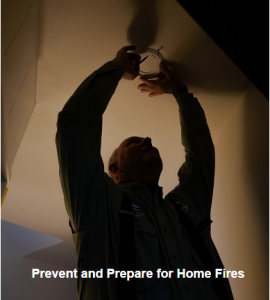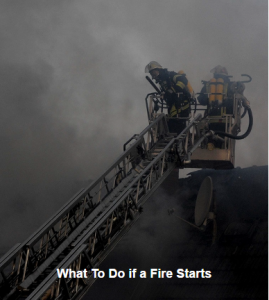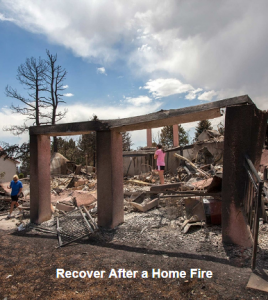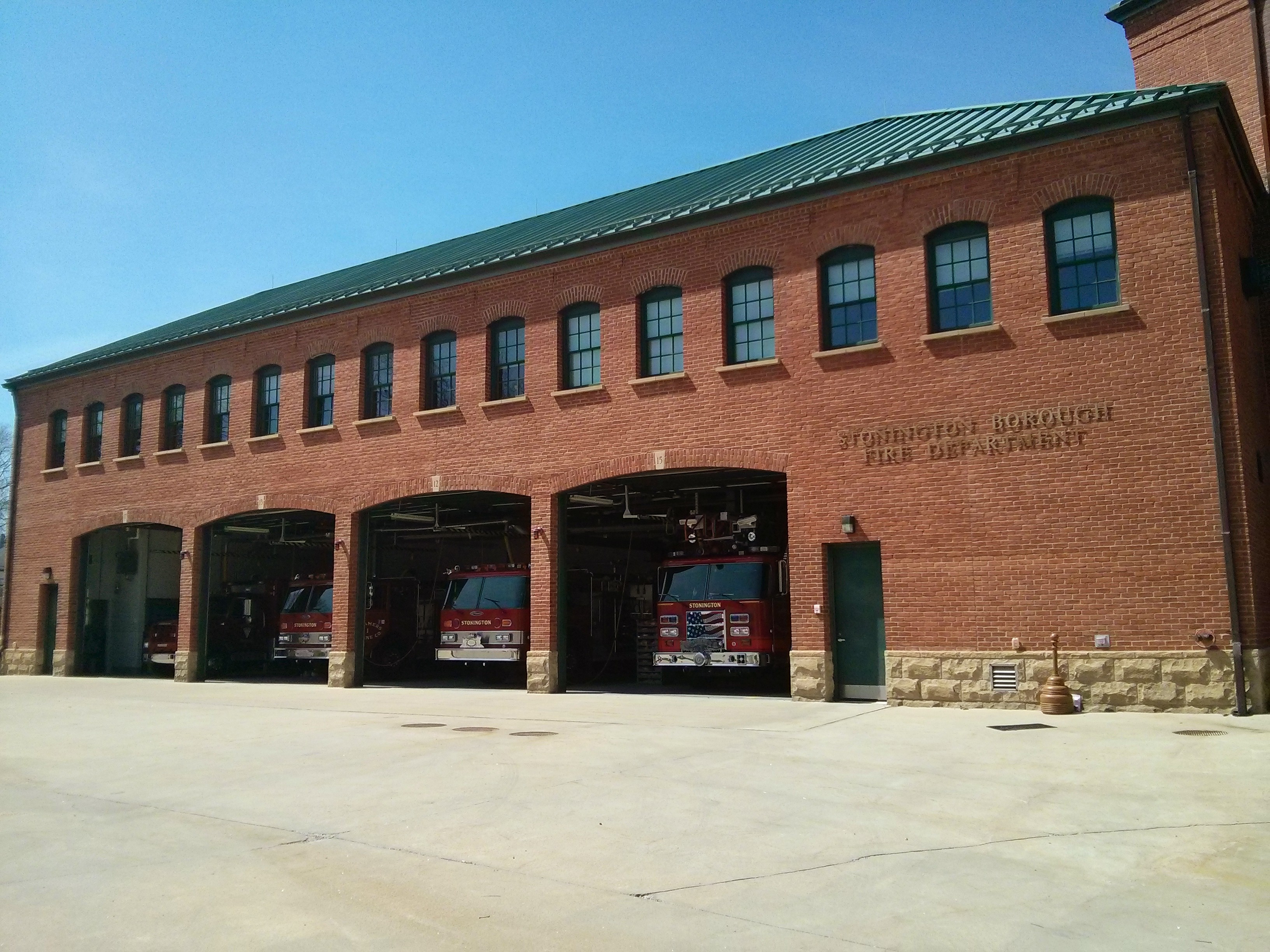Safety messages about smoke alarms
Smoke alarms are a key part of a home fire escape plan. When there is a fire, smoke spreads fast. Working smoke alarms give you early warning so you can get outside quickly.
-
A closed door may slow the spread of smoke, heat and fire. Install smoke alarms in every sleeping room and outside each separate sleeping area. Install alarms on every level of the home. Install alarms in the basement. Smoke alarms should be interconnected. When one sounds, they all sound.
-
Large homes may need extra smoke alarms.
-
It is best to use interconnected smoke alarms. When one smoke alarm sounds they all sound.
-
Test all smoke alarms at least once a month. Press the test button to be sure the alarm is working.
-
There are two kinds of alarms. Ionization smoke alarms are quicker to warn about flaming fires. Photoelectric alarms are quicker to warn about smoldering fires. It is best to use of both types of alarms in the home.
-
A smoke alarm should be on the ceiling or high on a wall. Keep smoke alarms away from the kitchen to reduce false alarms. They should be at least 10 feet (3 meters) from the stove.
-
People who are hard-of-hearing or deaf can use special alarms. These alarms have strobe lights and bed shakers.
-
Replace all smoke alarms when they are 10 years old.
-
Smoke alarms are an important part of a home fire escape plan.
NFPA offers a wealth of free resources to help you educate your communities and families about the importance of working smoke alarms.
-
For your community
-
A smoke alarm installation program in your community can make a measurable difference in reducing deaths and injuries from fire. The updated “Planning and Implementing a Successful Smoke Alarm Installation Program” (PDF, 1 MB) is a comprehensive guide including everything you’ll need to get started, from tips on how to select volunteers, to pointers on soliciting donations and publicizing your program.
-
NFPA’s free online smoke alarm awareness campaign toolkit includes hand-outs for families, talking points, public service announcements, fill-in-the-blank news releases, and much more.
-
Five-step planning process for community smoke alarm installation program (prepared by NFPA and the Philadelphia Fire Department)
-




